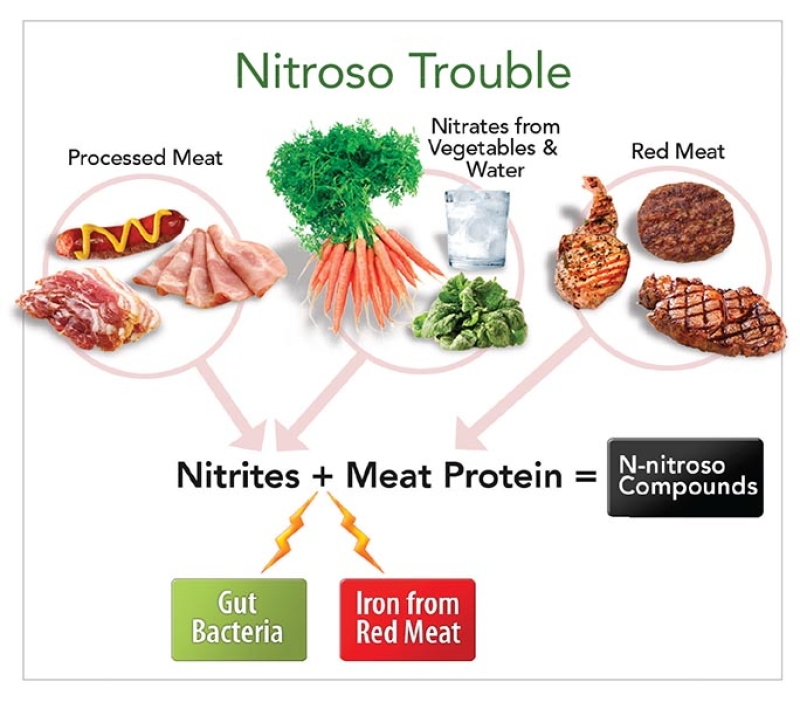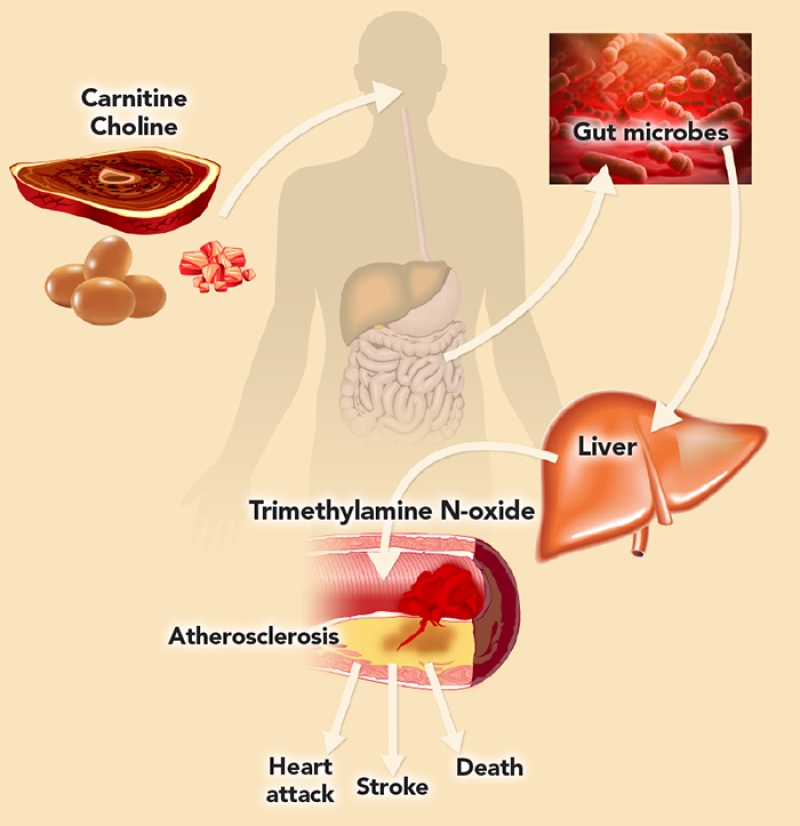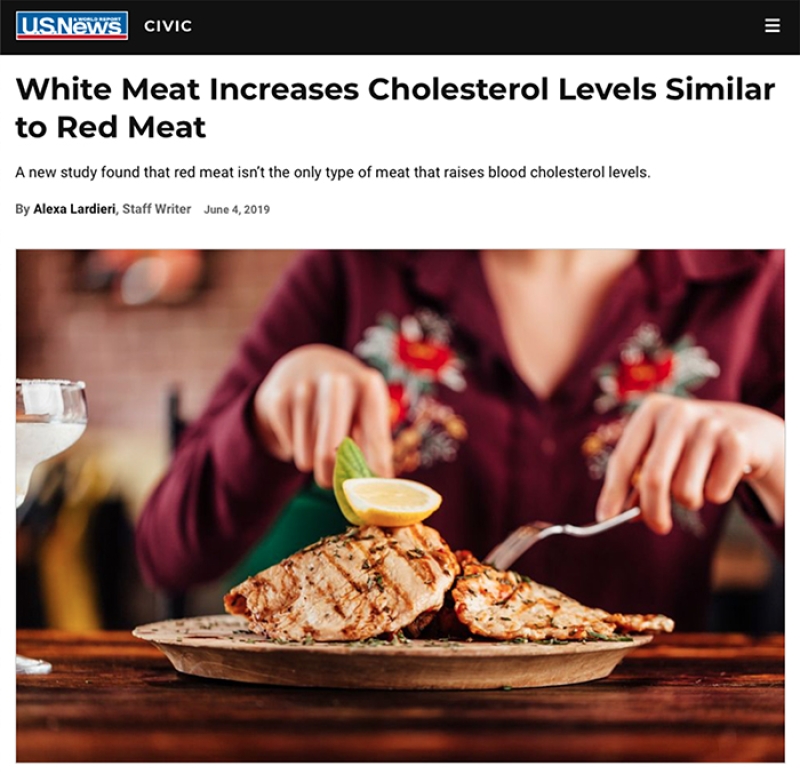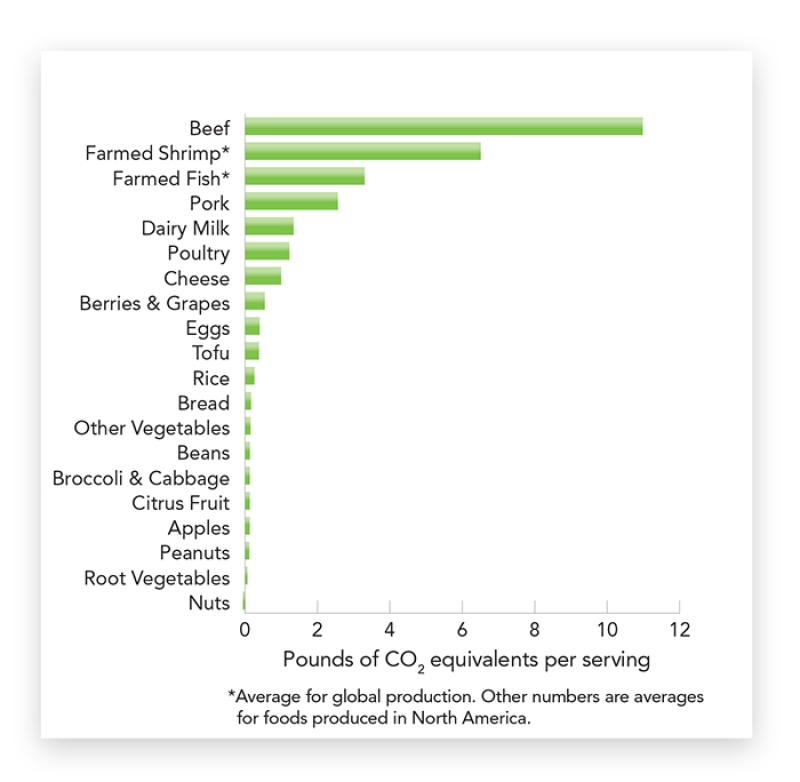Whats Healthier Lean Ground Beef or Chicken
It's no secret that Americans need to cut back on red meat, especially beef. People who eat more red meat—especially processed meat—have a higher risk of colon cancer, heart disease, and stroke.
According to nutrition scientists, red meat means beef, lamb, veal, and yes, pork...despite decades of ads plugging pork as "The Other White Meat." (Veal is the meat of young cows that have been made virtually anemic, which gives their flesh a lighter color.)
You're better off replacing red meats with chicken, turkey, or seafood…or with plant proteins like beans, tofu, or nuts. But if you're shopping for meat or poultry, here's what to know.
"Lean" beef and pork could be fattier than you think.
Checking the calories, fat, etc. for fresh meat on a label, an app, or online? Most of those numbers come from USDA's nutrient database. And where does the USDA get its numbers? Mostly from, or with funding from, the beef and pork industries.
The USDA's database has numbers for beef that has had the fat around its edges trimmed down to just 1/8" or 0". The pork industry never even says how much its cuts were trimmed.
The USDA also has numbers for what's called "separable lean." That's after scalpel-wielding technicians trim off the "separable fat"—every bit of fat except marbling within the muscle.
All that trimming (where do you keep your scalpel?) helps explain how the beef industry's website can end up touting a few dozen cuts of "lean" beef. The list even includes fatty cuts like New York strip steak and brisket.
Apparently, if you're footing the bill, you get to make the rules.
70% lean isn't lean. Ground beef that's labeled "70% lean" might sound low in fat. But with 30 percent fat, it's the fattiest ground beef you can buy.
Why don't ground beef labels list only their percent fat? Because also listing percent lean makes the meat sound, well, lean.
Don't confuse "lean" with "low-fat." "Lean" meat has no more than 4½ grams of saturated fat per 4 oz. (raw) serving. It's no skinless chicken breast. Only "extra lean" meat (2 grams of sat fat, max) is in skinless chicken or turkey territory.
With fish, the more fat, the merrier. Fatty fish, like salmon, are rich in unsaturated, heart-healthy fat.
Pay attention to ground poultry labels. "Ground chicken" or "ground turkey" could mean you're getting meat plus fatty skin and who-knows-how-much of the fattier wings or thighs.
Want less fat? Stick with packages labeled "ground chicken breast" or "ground turkey breast ."
Even truly lean red meat may boost the risk of cancer.

Red meat's heme iron can help create carcinogenic N-nitroso compounds. (Don't worry about nitrates from vegetables or water.)
In 2015, the International Agency for Research on Cancer concluded that processed meats (like bacon, sausage, hot dogs, ham, and lunch meats) are carcinogenic to humans, and that unprocessed red meats (beef, pork, lamb, and veal) are probably carcinogenic.
"The vast majority of observational studies show that people who consume the most processed or red meat have a higher risk of colorectal cancer," says Amanda Cross, a cancer researcher at Imperial College London.
Several lines of evidence could explain the link.
"Heterocyclic amines, polycyclic aromatic hydrocarbons, and N-nitroso compounds are all carcinogenic in animals," explains Cross.
"The first two are formed when meats are cooked at high temperatures until well done." That means grilling, barbecuing, or pan-frying.
"N-nitroso compounds can come from the nitrite that's added to processed meats, but they can also form in the gut," says Cross. "The heme iron in red meat may catalyze the reaction."
Even lean red meat may raise the risk of heart disease.

When gut microbes "eat" carnitine or choline, they make TMA, which the liver converts to TMAO.
In one recent study, TMAO (trimethylamine N-oxide) levels tripled when people ate red meat rather than white meat or non-meat proteins.
TMAO has been linked to a higher risk of heart disease in people. A key source: gut bacteria that dine on the carnitine in red meat.
"Our study shows for the first time what a dramatic effect changing your diet has on levels of TMAO, which is increasingly linked to heart disease," says author Stanley Hazen, head of Preventive Cardiology and Rehabilitation at the Cleveland Clinic.
Though the evidence that TMAO harms the heart is still emerging, it could help explain why studies that track people for years find higher risks of heart disease and early death in people who eat more red meat.
Have you heard that white meat is no healthier than red meat? That's a myth.

"White meat increases cholesterol levels similar to red meat," declared U.S. News & World Report in June 2019.
"When we planned this study, we expected red meat to have a more adverse effect on blood cholesterol levels than white meat, but we were surprised that this was not the case—their effects on cholesterol are identical when saturated fat levels are equivalent," said the study's senior author, according to U.S. News.
They were surprised? Since the researchers made sure that the red meat and white meat diets had the same levels of saturated fat, of course their effect on cholesterol—or more precisely, LDL (bad) cholesterol—was the same.
(Much of the author's work has been funded by the dairy and beef industries, though this study was funded by the National Institutes of Health.)
"Both the press release and the news reports were ridiculous," says Marion Nestle, professor emerita of nutrition and food studies at New York University.
"The title made it sound like the study was about red or white meat. But if you look at the way it was designed, the researchers went to a lot of trouble to show that if you feed people diets with equivalent amounts of saturated fat, they'll raise LDL levels equally. Well, duh."
The study randomly assigned 113 people to eat diets made with red meat, white meat, or non-meat protein (beans, nuts, soy, etc.) for four weeks each.
Here's the catch: in order to make the red meat (beef) and white meat (chicken and turkey) diets equal in saturated fat, the researchers had to pick the very leanest cuts of beef, like top round and top sirloin. But those lean cuts account for only a fraction of the beef we eat.
Hello-o-o. That's precisely why experts advise people to eat more chicken and turkey than beef and pork.
"Because animal protein sources in the present study were restricted to lean cuts...we cannot extrapolate our findings to the lipid and lipoprotein effects of higher-fat red meat products in comparison with generally leaner white meats," wrote the authors.
We've seen this movie before. The beef industry has been funding studies using v-e-r-r-r-y lean meat since the 1990s.
"It's easy to design studies to give you the answer you want," says Nestle. Her book Unsavory Truth explores the food industry's influence on scientists and their research.
The bottom line: Most cuts of red meat raise LDL ("bad") cholesterol more than white meat.
What to do
Skip red meats (beef, pork, lamb, and veal) and go for skinless chicken or turkey (or seafood or plant proteins). You don't have to buy skinless poultry. Just remove it before you eat.
What about other healthy-sounding claims?
Natural, no antibiotics, no hormones, humanely raised, grass-fed, organic…the list goes on. What matters? What doesn't? Check our "farm to table" labels guide.
What about the planet's health?

Beef is a threat to the environment, no matter how it's raised. Producing each serving generates more greenhouse gases than producing a serving of poultry and far more than a serving of beans.
What's more, it takes about 1,850 gallons of water to produce each pound of beef—far more than pork (720 gallons per pound) or chicken (520 gallons) or pretty much any other food.
Illustrations: TMAO diagram: Adapted from N. Engl. J. Med. 368: 1575, 2013. Nitrosamines diagram: fotolia.com—© robynmac (hot dog, carrots, pork chop), © Elena Moiseeva (burger), © Stanislav Pepeliaev (cold cuts), © Spauln (water), © OlgaLIS (bacon), © arnowssr (spinach), © Artyshot (steak).
Source: https://www.cspinet.org/article/why-are-chicken-and-turkey-healthier-lean-beef-and-pork
0 Response to "Whats Healthier Lean Ground Beef or Chicken"
ارسال یک نظر